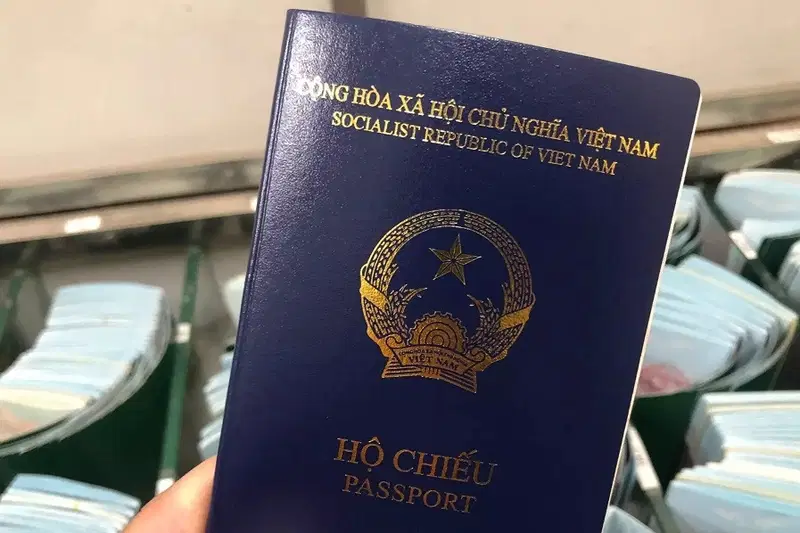A40-year-old Nigerian man, Daniel Chima Inweregbu, has pleaded guilty in the United States to charges of conspiracy to commit mail and wire fraud, as well as money laundering, in connection with a romance scam that defrauded American women of more than $405,000.
The United States Attorney’s Office for the Eastern District of Louisiana, in a statement on Thursday, said Inweregbu and his co-conspirators ran the scheme between July 2017 and December 2018, using a fake online persona named “Larry Pham” to lure victims on dating sites and social media targeting US citizens.
Acting U.S. Attorney Michael M. Simpson said that Inweregbu, described as a citizen of Lagos, Nigeria, pleaded guilty on August 21, 2025 before United States District Judge Nanette Jolivette Brown to two of the counts pending against him.
The counts which include conspiracy to commit mail fraud, wire fraud, and using an assumed name to commit a mail fraud scheme, Attorney Simpson said were in violation of Title 18, United States Code, Sections 1341, 1342, 1343 and 1349 (Count 1), and conspiracy to commit money laundering, in violation of Title 18, United States Code, in violation of Title 18, United States Code, Sections 1956(a)(1)(B)(i), 1957, and 1956(h) (Count 12). INWEREGBU’s plea stemmed from his role in a lengthy romance scam targeting American citizens.
READ ALSO:My Wife Sleeps In Leggings, Denies Me Sex —Husband
According to court documents, a “romance scam” was a confidence scheme in which the perpetrator feigned romantic intentions towards a victim, gained their affection, and used the victim’s goodwill to commit fraud.
“These fraudulent acts might involve such acts as obtaining access to the victim’s money, bank accounts, credit cards, passports, e-mail accounts, or national identification numbers; convincing the victim to transmit things of value to the perpetrator or his witting or unwitting co-conspirators; or inducing the victim to, unintentionally, commit or participate in the commission of financial fraud against third parties on behalf of the perpetrator,” the statement read.
It added, “Between at least July 1, 2017, and December 16, 2018, Inweregbu, and his co-conspirators, devised and operated a “romance scam” whereby they sought to obtain money and property from multiple American women, including 4 victims, by means of false and fraudulent representations and promises.
“Specifically, Inweregbu and his co-conspirators created profiles on social media and online dating sites using the alias “Larry Pham,” purportedly a middle-aged male, to attract middle-aged female victims.
READ ALSO:US Court Jails Nigerian For Large-scale Hacking, Identify Theft
“The co-conspirators, including Inweregbu, used online messaging platforms and email, to contact victims, introduce themselves, and appeal to victims’ longing for companionship. If the victim responded favorably, Inweregbu and his co-conspirators began to cultivate a romantic relationship that emotionally attached the victims to “Larry Pham.”
“Once the relationship was established, the defendant and his co-conspirators, posing as Larry Pham, requested victims send them money under various scams and ruses to domestic bank accounts they opened and managed. Inweregbu’s scheme resulted in actual and intended losses to the victims of over $405,000.
“Thereafter, Inweregbu and his co-conspirators laundered the funds, by conducting financial transactions using the proceeds of their wire and mail fraud scheme, designed in whole or in part to conceal and disguise the nature, location, source, ownership, and control of the proceeds, by directing the victims’ funds through intermediaries.
READ ALSO:US Court Sentences American To 40 Years For Beheading Gokada Nigeria Founder
“Inweregbu faces up to twenty years in prison, up to three years of supervised release, and up to a fine of $250,000 as to Count 1. He faces up to twenty years in prison, up to three years of supervised release, and up to a fine of $500,000 as to Count 12. He also faces payment of a $100 mandatory special assessment fee per count. Sentencing before Judge Brown has been scheduled for December 4, 2025,” the partly read.
Acting U.S. Attorney Simpson, according to the statement praised the work of the Federal Bureau of Investigation in investigating this matter and expressed appreciation for the great support provided by United States Department of Justice Office of International Affairs and the United States Department of State.
“Assistant United States Attorney Jordan Ginsberg, Chief of the Public Integrity Unit, is in charge of the prosecution,” the statement noted.
